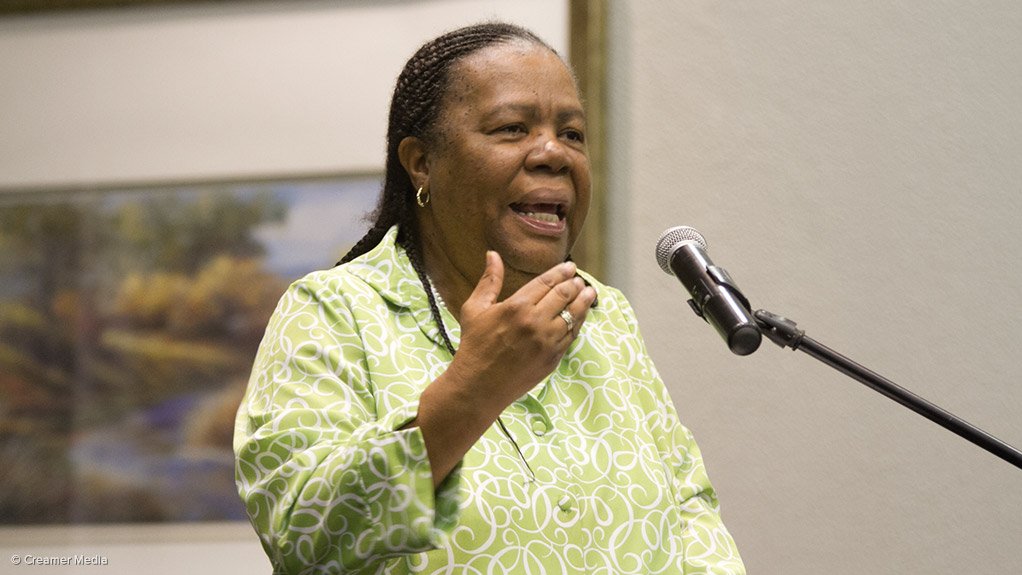The Department of Science and Technology (DST) will have a budget of R6.47-billion for the financial year 2014/2015, it was reported on Tuesday. More than half of this (R3.5-billion), Science and Technology Minister Naledi Pandor noted in her budget speech to Parliament, will go to funding research and development (R&D). In turn, R1.7-billion of the R&D expenditure will be dedicated to research grants and bursaries.
There are six agencies that report to the DST – the Academy of Science of South Africa (ASSAf), the Council for Scientific and Industrial Research (CSIR), the Human Sciences Research Council (HSRC), the National Research Foundation (NRF), the South African National Space Agency (Sansa) and the Technology Innovation Agency (TIA). ASSAf received an allocation of R21-million, the CSIR R825-million, the HSRC R276-million, the NRF R851-million, Sansa R118-million and the TIA R380-million.
The key priorities for this financial year and for the medium term are the development of human capital, investing in R&D infrastructure, creating new knowledge and stimulating innovation. Thus, the MeerKAT radio telescope array, now being built in the Karoo and intended as a precursor to the international Square Kilometre Array (SKA) instrument, will continue to be funded. South Africa will also continue to support the African Very Long Baseline Interferometry programme, being undertaken by SKA South Africa is cooperation with other African partner countries.
Likewise, the DST’s Economic Competitiveness and Support Package will receive R1.4-billion to fund research into the development of satellites, titanium technology and nanotechnology, as well as internship programmes and industrial partnerships. The CSIR and NRF will be granted the funds necessary to pay for 11 440 bursaries for postgraduate research students during 2014/2015 and nearly 30 000 over the next two financial years.
“Today we celebrate 20 years of freedom and positive progress in advancing research and innovation in the science and technology sector,” affirmed Pandor in her speech. “Some of our many successes include advances in research into HIV/Aids prevention and treatment, satellite building, winning the right to co-host the iconic Square Kilometre Array, discoveries in palaeontology, progress with alternative energy technologies, advances in fluorochemicals, [and] technology for improved service delivery.”
She pointed out that the African National Congress (ANC) election manifesto for the general election in May had included a commitment to increase R&D spending to 1.5% of gross domestic product over the next five years. “The ANC was the only party to make such a commitment,” she noted. “This signalled our belief that science and technology will play a prominent role in the radical socioeconomic transformation of South Africa.”
In comparison to this year’s budget of about R6.47-billion, in the 2013/2014 financial year the DST’s budget was R6.2-billion. This means that the 2014/2015 budget is some 4.36% higher than that for the previous financial year. It should be noted that South African consumer price inflation averaged 5.77% in calendar 2013.
EMAIL THIS ARTICLE SAVE THIS ARTICLE
To subscribe email subscriptions@creamermedia.co.za or click here
To advertise email advertising@creamermedia.co.za or click here











